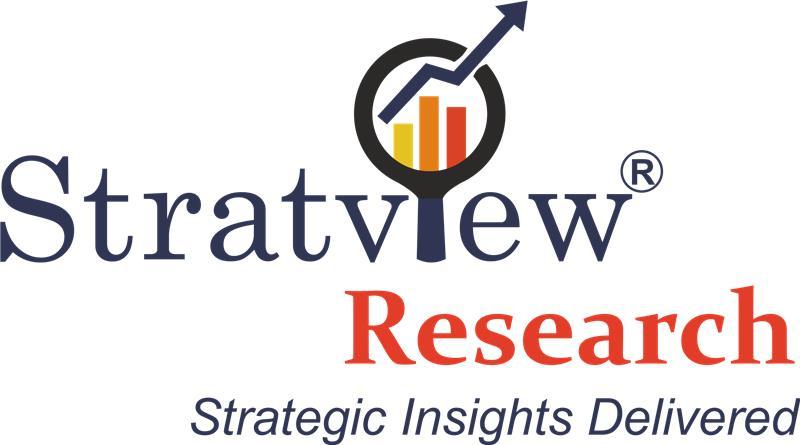Small Hydropower: Innovations, Applications, and Market Opportunities

Introduction
According to a report by Stratview Research, the global small hydropower (SHP) market was valued at US$ 2.7 billion in 2024 and is projected to grow to about US$ 3.6 billion by 2031, reflecting a healthy compound annual growth rate (CAGR) of 4.1%.
Small Hydropower market generally refers to hydroelectric plants with capacities up to 10 MW, making them well-suited for decentralized power generation, rural electrification, and locations where large-scale dams are impractical.
Key Features
- Compact and low-impact infrastructure: SHP systems require significantly less land and civil works than large hydropower dams. This reduces environmental disruption and makes them more viable in ecologically or socially sensitive regions.
- Scalable capacity options: From micro-hydro (<1 MW) to mini-hydro (1–10 MW), SHP projects offer flexibility — ideal for small communities, remote areas, or localized grid support.
- Clean, renewable, and decentralized energy: SHP delivers renewable electricity with lower greenhouse gas emissions compared to fossil fuels, helping meet sustainability and energy-access goals.
Applications
Small hydropower is widely used for:
- Rural electrification and off-grid supply, especially in remote or mountainous areas lacking reliable grid connectivity.
- Grid-connected power for small towns, villages or industrial users, where SHP supplements local demand without requiring large infrastructure.
- Decentralized, stable power generation to support sustainable development, especially in regions with consistent water flow but limited access to large-scale energy projects.
Trends
- The micro-hydropower segment (smallest capacity, often <1 MW) continues to dominate adoption — driven by low investment needs, simpler permitting, and suitability for off-grid or rural contexts.
- The Asia-Pacific region leads global market share, reflecting abundant water resources, supportive renewable-energy policies, and strong rural electrification initiatives in countries like India and China.
- Recent advances in turbine design, digital monitoring, and modular installation reduce costs, enhance efficiency, and improve the viability of SHP in diverse geographies and communities.
Opportunities
- Rural and remote area electrification — Many regions, particularly in developing countries, remain underserved by conventional grid infrastructure; SHP can deliver reliable, local power with minimal environmental footprint.
- Hybrid renewable energy systems — Combining SHP with solar or wind power (and possibly energy storage) can provide continuous, stable electricity, especially where water flow fluctuates seasonally.
- Refurbishment and upgrade of existing water-resources infrastructure — Old canals, small dams or stream-based waterworks can be retrofitted for small hydroelectric generation, often at relatively low cost.
- Sustainable industrial & community-level power supply — Small towns, agro-industries, and decentralized communities can leverage SHP for clean, self-reliant electricity, reducing dependence on fossil fuels or long transmission lines.
Get a free sample here:- https://www.stratviewresearch.com/Request-Sample/4320/small-hydropower-market.html#form
Conclusion
The small hydropower market offers a practical, scalable, and sustainable route to expand clean energy access — especially in remote, rural, or decentralized settings. With modest infrastructure needs, environmental advantages, and growing technological and policy support, SHP stands out as a vital component of the global renewable energy mix. As water-rich regions push for energy access, grid resiliency, and low-carbon electricity, small hydropower is likely to play an increasingly important and strategic role in the years ahead.
- Art
- Causes
- Crafts
- Dance
- Drinks
- Film
- Fitness
- Food
- Juegos
- Gardening
- Health
- Home
- Literature
- Music
- Networking
- Other
- Party
- Religion
- Shopping
- Sports
- Theater
- Wellness




